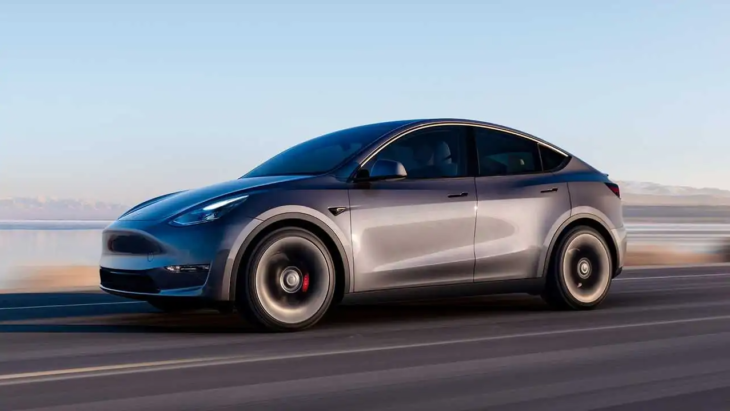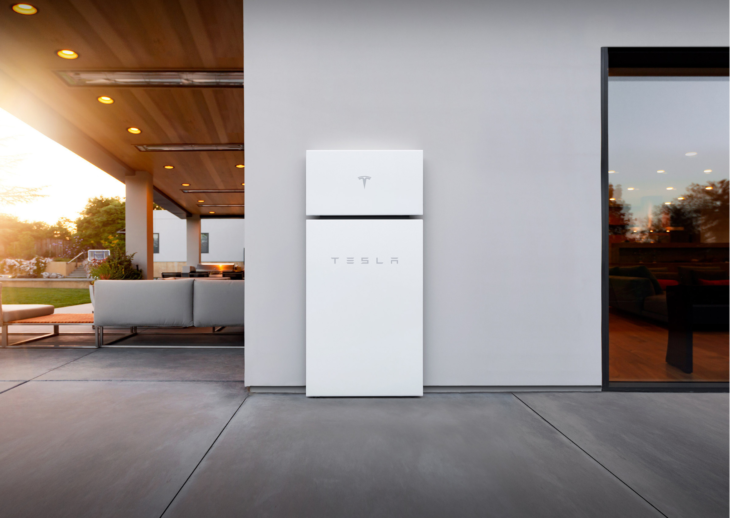The OGM Interactive Edition - Summer 2023 - Read Now!
View Past IssuesTesla Inc. is a company that has revolutionized the renewable energy industry with its innovative technology and sustainable vision. Founded in 2003 by Elon Musk, Tesla has grown to become one of the most influential companies in the world, with a market capitalization of over $1 trillion as of 2022.

Here are 10 reasons why Tesla has been a game-changer in the renewable energy industry:

Tesla Inc. has been a game-changing company in the renewable energy industry, with its innovative technology and sustainable vision. From electric vehicles to battery technology, solar energy, energy storage, and more, Tesla has developed products that have helped to shift the world towards a more sustainable future. Its approach to manufacturing, environmental impact, and open-source patents have also been notable contributions to the industry. With the continued growth and success of Tesla, it’s clear that the company will continue to play a significant role in shaping the future of renewable energy.

Sources and Images:
tesla.com
cnbc.com
chat.openai.com
Did you enjoy this article?